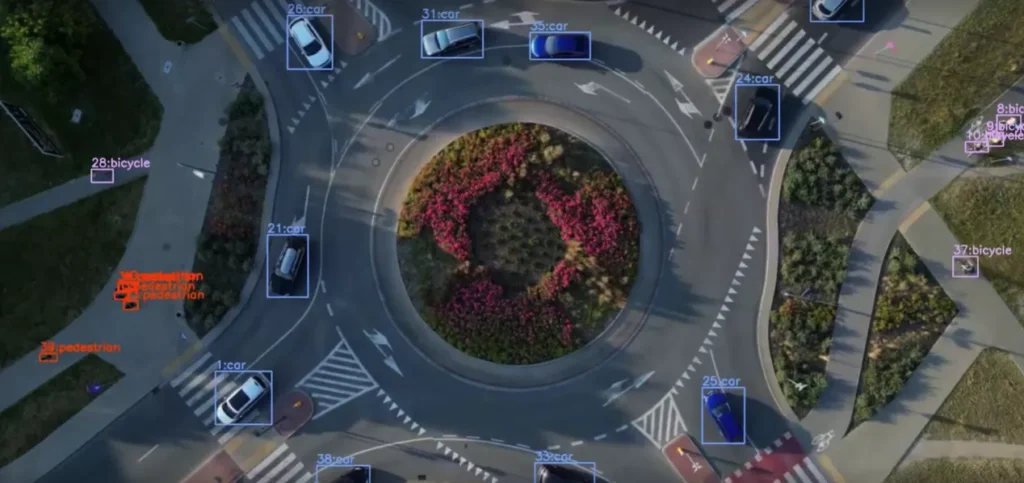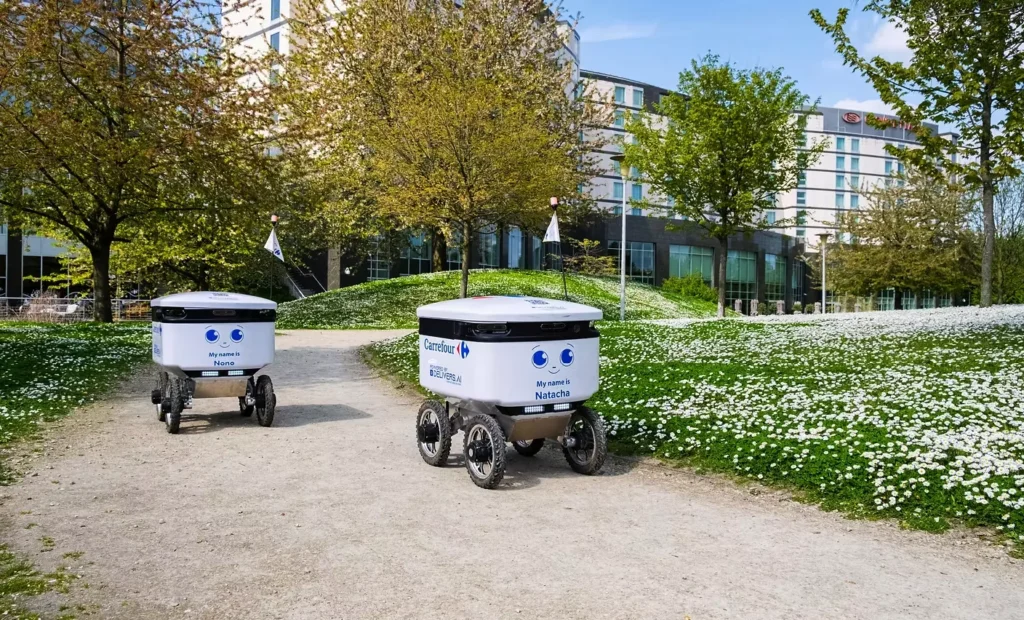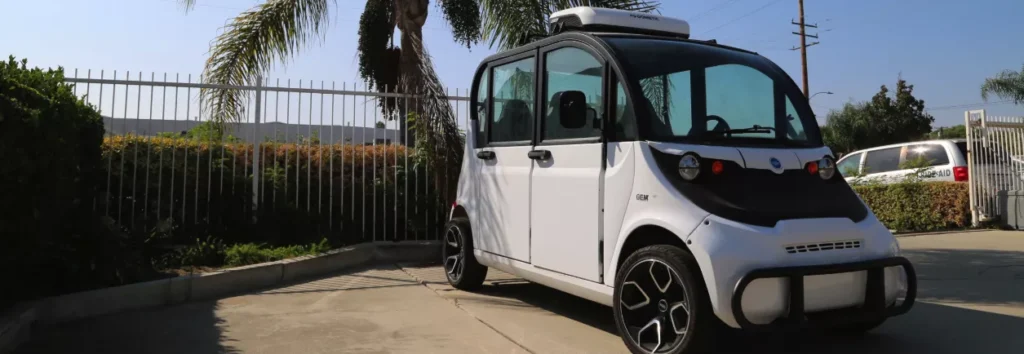










From EVs and batteries to autonomous vehicles and urban transport, we cover what actually matters. Delivered to your inbox weekly.
A drone carrying a life-saving organ will soon fly from Ann Arbor to Detroit without a pilot or a runway.
That mission is one of many being tested along Michigan’s new 40-mile air mobility corridor, a first-of-its-kind route for real-world drone and eVTOL (electric vertical takeoff and landing) testing.
Launched by the Michigan Economic Development Corporation (MEDC) and the University of Michigan, the corridor connects research hubs in Ann Arbor with the innovation district at Michigan Central in Detroit.
Unlike most test sites limited to airfields, this corridor supports BVLOS (beyond visual line of sight) operations — a critical step toward commercial drone services like delivery, inspection, and emergency response.
The corridor brings together multiple technologies under one real-use environment:
Battery & motor diagnostics via “iron bird” testbeds (ground-based rigs that simulate flight loads)
Multi-aircraft coordination – enabling swarm and fleet operations
Drone traffic control software – built to meet evolving FAA regulations
This is a perfect sandbox for companies to prove that their systems can work in complex, uncontrolled, and connected settings.
Michigan Medicine plans to use the corridor to transport human organs for transplant via drone. And that mission requires:
BVLOS authorization
Stable air traffic management
Secure, high-speed, end-to-end coordination
It’s a compelling example of how high-stakes, time-sensitive logistics could benefit from air mobility innovation. And a test case the FAA and others will be watching closely.
Most drone testing happens on empty fields or closed environments. This corridor flips that model:
Distance – 40 miles of live airspace between two major cities
Systems integration – Hardware, flight control, and infrastructure working together
Feedback loops – Results go directly from the field to engineers, regulators, and pilots
Michigan’s air mobility corridor is already supporting early-stage operations, including live drone flights, integrated traffic control, and field-tested hardware.
With stakeholders like Michigan Medicine and the University of Michigan already involved, the corridor provides practical insight into how drones and eVTOL systems perform in uncontrolled, real-world settings.
That makes it an incredibly valuable asset for companies preparing for certification, and for regulators shaping new aviation frameworks.
More states will likely follow. For now, Michigan is setting the pace.